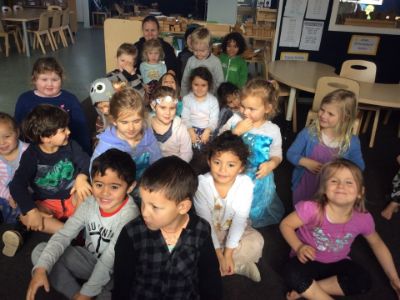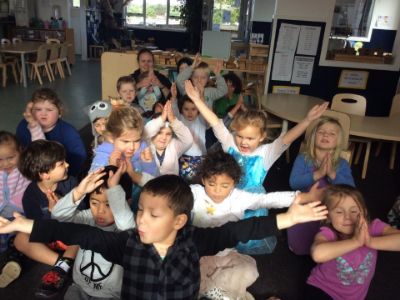LATEST STORIES
Learning to manage emotions
The teachers at BestStart South Rd are always looking at how we can best support our children in their early years. We freguently have professional development to ensure we are up to speed with the latest developments in early childhood education. The most recent learning we have undertaken is on Emotional Regulation.
What is emotional regulation in child development?
Self-regulation is the ability to understand and manage your behaviour and your reactions to feelings and the things happening around you. It includes being able to: regulate reactions to emotions like frustration or excitement. calm down after something exciting or upsetting.
Throughout their lives young children will experince emotions that can feel so overwhelming to them and they don't always know how to handle these emotions. More often than not it can result in tears, anger and lashing out, perhaps with hands or words or throwing things, or retaliating to something hurtful that has been said to them. A part of childhood no doubt, but how can we adults help them navigate this part of their learning?
Simple strategies such as simply understanding/naming the emotion so they can say, "I feel angry", or "That makes me sad when you do that", or "I am feeling shy/scared" etc, can be used.
When we come across a situation we start by saying "I can see you are feeling frustrated because you want to have a turn..." or "I can see you are sad/angry/feeling lonely and left out.." etc
Then we encourage them to 'use their words' to explain what they are feeling. When they are feeling angry, hurt or sad it is hard for them to hear us trying to help them to make sense of the situation. Sometimes we role model this language for them first because speaking up or standing up for themselves is not something that comes easily to everyone (even us adults at times).
Sometimes in the middle of a melt down or crying/or feeling angry, it is hard for them to hear us trying to help them to make sense of the chaos they are feeling.
This is where Unicorn Breathing comes in, or Dragon Breathing. (Our tamariki seem to be drawn to the Unicorn breathing the most). To get our tamariki to use the technique, we start by saying '1,2,3 breathe with me"... I'm as calm as I can be" and raise our hands up into a unicorn horn while breathing in slowly, then down into wings while breathing out slowly. (See video.) Showing us their different faces and emotions.... of course feeling silly and playful is one of our favourite emotions to express.






